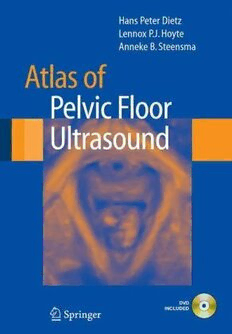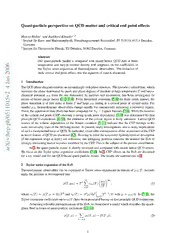
Nonlinearity of some subgroups of the planar Cremona group PDF
Preview Nonlinearity of some subgroups of the planar Cremona group
NONLINEARITY OF SOME SUBGROUPS OF THE PLANAR CREMONA GROUP YVES CORNULIER Abstract. We give some examples of non-nilpotent locally nilpotent, and hence nonlinear subgroups of the planar Cremona group. 7 1 0 1. Introduction 2 n Let K be a field. The planar Cremona group Cr (K) of K is defined as the 2 a group of birational transformations of the 2-dimensional K-affine space. It can J 1 also be described as the group of K-automorphisms of the field of rational func- tions K(t ,t ). More generally, one defines Cr (K). 1 2 d ] G Weprovideheretwo observationsabouttheplanarCremona group. Thefirstis A an example of a non-linear finitely generated subgroup of Cr (C). The existence 2 . of such a subgroup was known to some experts: for instance it follows from h an unpublished construction of S. Cantat (using superrigidity of lattices); our t a example has the additional feature of being 3-solvable. Its non-linearity follows m from the fact it contains nilpotent subgroups of arbitrary large nilpotency length. [ We also show there that Cr (K) has no nontrivial linear representation over any 2 1 field, extending a result of Cerveau and D´eserti (all representations below are v 5 assumed finite-dimensional). 7 We end this short introduction by a few questions. 2 0 (1) (Cantat) for d ≥ 2, and any field K, is Cr (K) locally residually finite d 0 (i.e. is every finitely generated subgroup residually finite)? . 1 (2) Does there exist a finitely generated subgroup of Aut(C2) with no faithful 0 7 linear representation (see Remark 2.4)? 1 (3) Does there exist d and K and an infinite, finitely generated subgroup of : v Cr (K) such that every linear representation of Γ over any field has a d i X finite image r a Acknowledgements. I thank Serge Cantat and Julie Deserti for useful discus- sions. 2. A nonlinear subgroup of the Cremona group We provide in this section an example of a finitely generated subgroup of Cr (C) that is not linear over any field. It is 3-solvable and actually lies in the 2 Date: February 22, 2013. 1 2 YVES CORNULIER Jonqui`eres subgroup, that is, the group of birational transformations preserving the partition of C2 by horizontal lines. If f ∈ K(X) and g ∈ K(X)×, define α ,µ ∈ Cr (K) by f g 2 α (x,y) = (x,y +f(x)); µ (x,y) = (x,yg(x)). f g We have αf+f′ = αfαf′; µgg′ = µgµg′; µgαfµ−g1 = αfg. Also for t ∈ K, define s ∈ Cr (K) by (x,y) = (x+t,y), so that t 2 s α s−1 = α ; s µ s−1 = µ . t f(X) t f(X−t) t g(X) t g(X−t) Consider the subgroup Γn of Cr2(K) generated by s1 and αXn (n ≥ 0). Lemma 2.1. The group Γ is nilpotent of class at most n + 1; moreover if K n has characteristic zero the nilpotency length of Γ is exactly n + 1, and Γ is n n torsion-free. Proof. Consider the largest group R , generated by s and by the abelian sub- n 1 group A consisting of all α , where P ranges over polynomials of degree at most n P n. Then A is normalized bys and[s ,A ] ⊂ A forall n ≥ 1, while A = {1}. n 1 1 n n−1 0 ThereforeR isnilpotent ofclassatmostn+1, andthereforesoisΓ . Conversely, n n the n-iterated group commutator [s1,[s1,··· ,[s1,αXn]···]] is equal to α∆nXn, where ∆ is the discrete differential operator ∆P(X) = −P(X)+P(X−1). So if K has characteristic zero (or p > n) then ∆nXn 6= 0 and Γ is not n-nilpotent. n In this case it is also clear that R is torsion-free. (cid:3) n Now assume that K has characteristic zero and consider the group G ⊂ Cr (Q) ⊂ Cr (K) generated by {s ,α ,µ }. 2 2 1 1 X Proposition 2.2. The finitely generated group G ⊂ Cr (Q) is solvable of length 2 three; it is not linear over any field. Proof. From the conjugation relations above it is clear that the subgroup gener- ated by s , all α and µ , is solvable of length at most three. If we restrict to 1 f g those g of the form Q (X −n)kn (where (k ) is finitely supported), we obtain n∈Z n a subgroup containing Γ, that is clearly torsion-free. Since µnXα1µ−Xn = αXn, we see that G contains Γn for all n, which is nilpotent of length exactly n+1. Therefore it has no linear representation over any field. [Sketch of proof of the latter (well-known) result: in characteristic p > 0, any torsion-free nilpotent subgroup is abelian, so this discards this case. Otherwise in characteristic zero, since any finite index subgroup of a torsion-free nilpotent group of nilpotency length n+1 still has nilpotency length n+1, the existence of a linear representation of G into GL (C) implies the existence of a Lie subalgebra d of gl (C) of nilpotency length n+1 for all n; this necessarily implies n+1 ≤ d2, d and since n is unbounded this is a contradiction.] NONLINEARITY OF SOME SUBGROUPS OF THE PLANAR CREMONA GROUP 3 The fact that G is not 2-solvable (=metabelian) can be checked by hand, but also follows from the fact that every torsion-free finitely generated metabelian (cid:3) group is linear over a field of characteristic zero [Re]. We easily see Γ ⊂ Γ for all n. Denoting Γ = SΓ , we see that Γ is n n+1 ∞ n ∞ locally nilpotent (that is, all its finitely generated subgroups are nilpotent) and the above argument works for it. Since Γ is contained in Aut(C2), we also get: ∞ Proposition 2.3. Γ , and hence Aut(C2) is not linear over any field. ∞ With little further effort, it actually follows from the same argument that Γ ∞ (and hence G) is not linear over any finite product of fields. Better, it is not linear over any product of fields (and therefore over any reduced commutative ring). This now relies on the fact that nilpotent subgroups of GL (K) for fixed d d, have nilpotency length bounded independently of the characteristic of the field K (see [FN]). Remark 2.4. It is unknown whether there exists a finitely generated subgroup of the group Aut(C2) of polynomial automorphisms of C2, that is not linear in characteristic zero. A construction in the same fashion does not work: indeed let E be the group of elementary automorphisms, namely of the form (x,y) 7→ (αx+P(y),βy+c)for (α,β,c,P) ∈ C∗×C∗×C×C[X]. Then, althoughE is not linear (since by the argument above, it contains all Γ ), every finitely generated n subgroup of E is linear over C. To see this, write E as a semidirect product (C∗ ×(C∗ ⋉C))⋉C[X], where the action on C[X] is by (α,β,c)·P(X) = αP(βX+c). In particular, this action stabilizes the subgroup C [X] of polynomials of degree at most n. Therefore n any finitely generated subgroup of E is contained in the subgroup (C∗ ×(C∗ ⋉ C)) ⋉ C [X] for some n ≥ 1. This is a (finite-dimensional) complex Lie group n whose center is easily shown to betrivial, so itsadjoint representation is a faithful complex linear representation. A nice observation by Cerveau and D´eserti [CD, Lemme 5.2] is that the Cre- mona group has no faithful linear representation in characteristic zero. Actually, an easy refinement of the same argument provides a stronger result. Proposition 2.5. If K is an algebraically closed field, there is no nontrivial finite-dimensional linear representation of Cr (K) over any field. 2 (Note that since the Cremona group is not simple by a recent difficult result of Cantat and Lamy [CL], the non-existence of a faithful representation does not formally imply the non-existence of a nontrivial representation.) Proof of Proposition 2.5. In Cr (K), there is a natural copy of G = (K×)2 ⋊ 2 Z, where Z acts by the automorphism σ(x,y) = (x,xy) of (K×)2. Here, it corresponds, in affine coordinates, to the group of transformations of the form (x ,x ) 7→ (λ x ,xnλ x ) for (λ ,λ ,n) ∈ (K×)2 ×Z. 1 2 1 1 1 2 2 1 2 4 YVES CORNULIER Consider anlinear representationρ : G → GL (F), whereF isanyfield(hereGis n viewedasadiscretegroup). IfpisaprimewhichisnonzeroinK andifω ∈ K isa p primitivep-rootofunity, setα (x ,x ) = (ω x ,ω x )andβ (x ,x ) = (x ,ω x ). p 1 2 p 1 p 2 p 1 2 1 p 2 Then σα σ−1α−1 = β and commutes with both σ and α . An argument of p p p p Birkhoff [Bi, Lemma 1] shows that if ρ(α ) 6= 1 then n > p (the short argument p given in the proof of [CD, Lemme 5.2] for F of characteristic zero works if it is assumed that p is not the characteristic of F). Picking p to be greater than n and the characteristics of K and F, this shows that if we have an arbitrary representation π : Cr (K) → GL (F), the restriction 2 n of π to PGL (K) is not faithful; since PGL (K) is simple, this implies that 3 3 π is trivial on PGL (K); since Cr (K) is generated by PGL (K) as a normal 3 2 3 (cid:3) subgroup, this yields the conclusion. References [Bi] G. Birkhoff. Lie groups simply isomorphic with no linear group. Bull. Amer. Math. Soc. 42(12) (1936), 883–888. [CD] D. Cerveau, J. D´eserti. Transformations birationnelles de petit degr´e. Cours Sp´ecialis´es 19, Soc. Math. France, Paris, 2013. [CL] S.Cantat,S.Lamy.NormalsubgroupsoftheCremonagroup.ActaMath.210(2013), no. 1, 31–94. [FN] M. Frick, M.F. Newman. Soluble linear groups. Bull. Austral. Math. Soc. 6 (1972), 31–44. [Re] V. Remeslennikov. Representation of finitely generated metabelian groups by matri- ces. Algebra i Logika 8 (1969), 72–75 (Russian); English translation in Algebra and Logic 8 (1969), 39–40. Laboratoire de Math´ematiques, Baˆtiment 425, Universit´e Paris-Sud 11, 91405 Orsay, FRANCE E-mail address: yves.cornulier@math.u-psud.fr
The list of books you might like

The 48 Laws of Power

Mind Management, Not Time Management

$100m Offers

The Subtle Art of Not Giving a F*ck

By Rev. AJ Gordon, DD
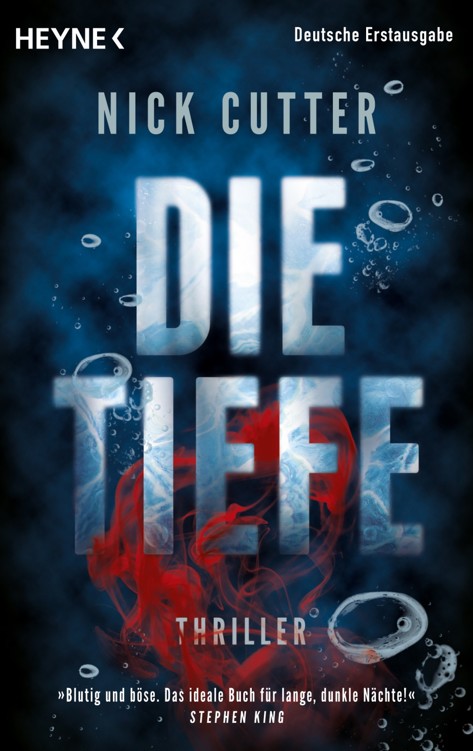
Die Tiefe
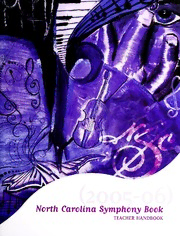
North Carolina Symphony Book: Teacher Handbook

TS 125 307 - V5.5.0 - Universal Mobile Telecommunications System (UMTS); Requirements on User Equipments (Ues) supporting a release-independent frequency band (3GPP TS 25.307 version 5.5.0 Release 5)
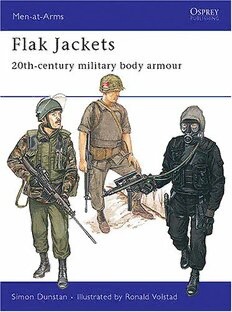
Flak Jackets-20th Centery Military Body Armour
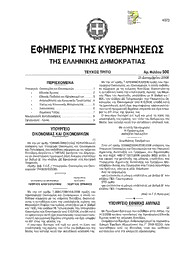
Greek Government Gazette: Part 3, 2006 no. 500
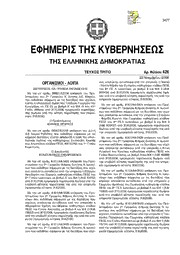
Greek Government Gazette: Part 3, 2006 no. 426

Called The Black Pope by many of his followers, Anton
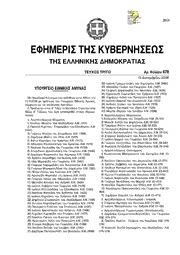
Greek Government Gazette: Part 3, 2006 no. 478
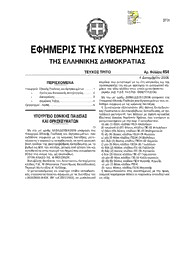
Greek Government Gazette: Part 3, 2006 no. 454
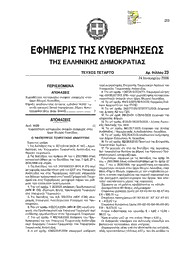
Greek Government Gazette: Part 4, 2006 no. 23
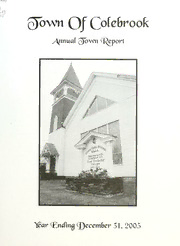
Colebrook, New Hampshire annual report
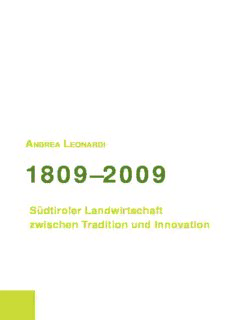
Begleitschrift zur Wanderausstellung (Publikation von Prof. Andrea Leonardi)

Calamity Jayne Rides Again
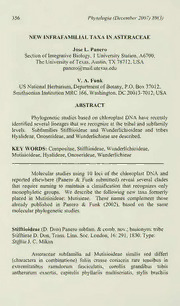
New infrafamilial taxa in Asteraceae
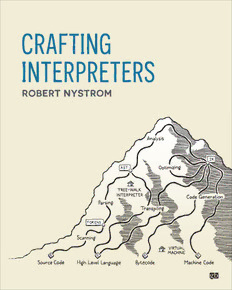
Crafting Interpreters

calaveras county water district production, distribution and use

Laser: Bauformen, Strahlführung, Anwendungen
